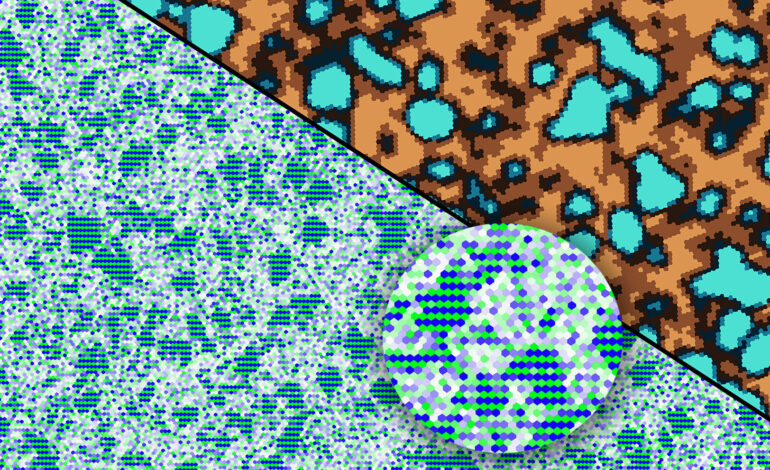MIT Engineers Create Stronger, Printable Aluminum Alloy for Aviation

Engineers at the Massachusetts Institute of Technology (MIT) have developed a new printable aluminum alloy that boasts remarkable strength and temperature resistance, potentially transforming components in the aviation industry. This innovative alloy is five times stronger than aluminum produced through traditional manufacturing methods, a significant advancement for materials used in aircraft construction.
The team, led by Mohadeseh Taheri-Mousavi, utilized a combination of simulations and machine learning to identify an ideal mix of aluminum and other elements. Traditional methods would require analyzing over 1 million combinations, while this new approach narrowed the search to just 40 compositions. The results were impressive; the printed alloy demonstrated strength comparable to the strongest aluminum alloys created through conventional casting techniques.
John Hart, a professor at MIT and a co-author of the study published in the journal Advanced Materials, highlighted the potential applications for this alloy. “If we can use lighter, high-strength material, this would save a considerable amount of energy for the transportation industry,” he stated. The researchers envision this printable aluminum being utilized in various applications, including fan blades in jet engines, which are typically made from titanium—a material that is over 50 percent heavier and significantly more expensive than aluminum.
Innovative Design and Manufacturing Techniques
The project originated from an MIT class in 2020, where students were tasked with designing a stronger aluminum alloy. Greg Olson, a professor in the Department of Materials Science and Engineering, challenged the students to exceed the strength of existing printable aluminum alloys. The class employed computational simulations to assess different elemental combinations, but initial attempts did not yield stronger results.
Taheri-Mousavi speculated that machine learning could enhance the process. She noted, “At some point, there are a lot of things that contribute nonlinearly to a material’s properties, and you are lost. With machine-learning tools, they can point you to where you need to focus.” This approach allowed the team to discover key correlations that would lead to a more desirable alloy.
In the follow-up study, Taheri-Mousavi applied machine-learning techniques to identify a recipe yielding an aluminum alloy with a higher volume fraction of small precipitates, which contributes to greater strength. The team determined that 3D printing, specifically laser bed powder fusion (LBPF), would be the most effective manufacturing method. This technique allows for rapid cooling and solidification of the alloy, which is critical in maintaining the desired microstructure.
Testing and Future Implications
To validate their findings, the researchers ordered a formulation of printable powder based on their alloy recipe and collaborated with partners in Germany to produce small samples. Subsequent tests at MIT confirmed the alloy’s strength, which was five times greater than that of traditional cast aluminum and 50 percent stronger than alloys designed without machine learning.
The microstructure analysis revealed a higher density of small precipitates and stability at high temperatures up to 400 degrees Celsius, surpassing typical limits for aluminum alloys. This advancement paves the way for further optimization of the alloy’s properties using similar machine-learning techniques.
As the team continues to refine their work, Taheri-Mousavi expressed her aspirations for the technology. “My dream is that one day, passengers looking out their airplane window will see fan blades of engines made from our aluminum alloys.” The implications for energy efficiency and performance in the transportation sector are promising, marking a significant step forward in materials science and engineering.






